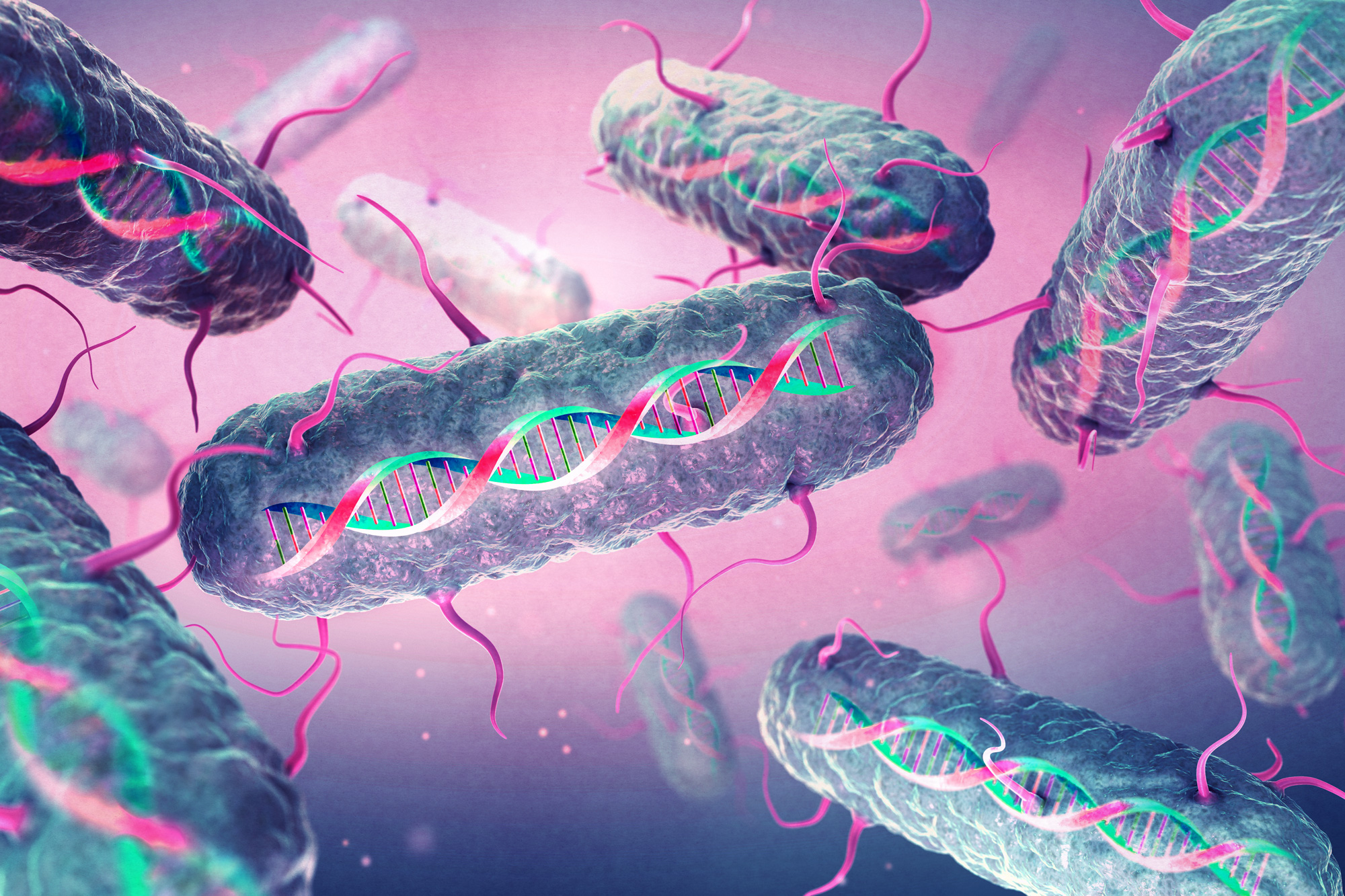
Biological engineers at MIT have devised a new way to efficiently edit bacterial genomes and program memories into bacterial cells by rewriting their DNA. Using this approach, various forms of spatial and temporal information can be permanently stored for generations and retrieved by sequencing the cells’ DNA. The new DNA writing technique, which the researchers call HiSCRIBE, is much more efficient than previously developed systems for editing DNA in bacteria, which had a success rate of only about 1 in 10,000 cells per generation. In a new study, the researchers…



